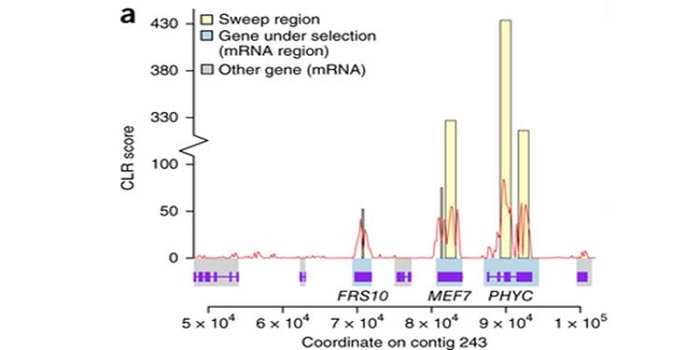
Silver birch: genome sequence and population genomic analyses
Plant Science Research Weekly, Research0 Comments
/
Salojärvi et al. have assembled the genome of silver birch (Betula pendula) and examined genomic diversity across 150 individuals collected from across Northern Europe and Asia. Their study shows that there have been several genetic bottlenecks associated with climate upheaval (e.g., at the K-Pg boundary…
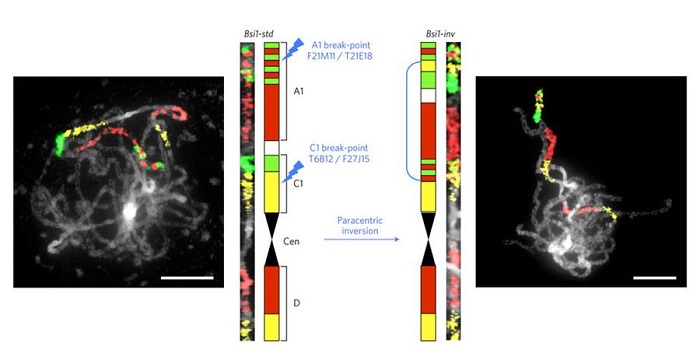
Young inversion with multiple linked QTLs under selection in a hybrid zone
Plant Science Research Weekly, ResearchChromosomal inversions are chromosomal rearrangements that can span several Mb and have been described in several organisms from Drosophila to maize. Inversions suppress recombination and can favor local adaptation and speciation if they capture favorable alleles. It’s not clear though if favorable…
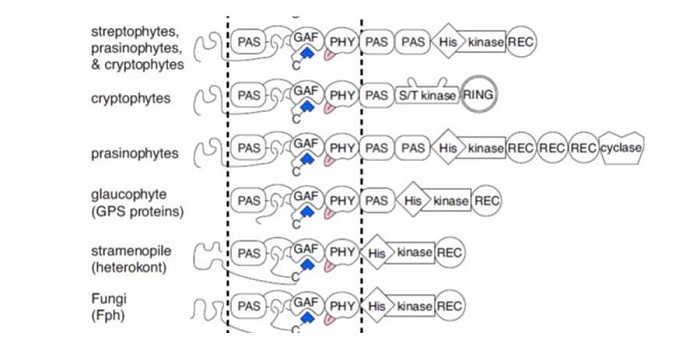
Review: Phytochrome diversification in cyanobacteria and eukaryotic algae ($)
Plant Science Research Weekly, ResearchPhytochromes were first characterized in classic studies of plants, in which their contributions to seed germination and initiation of flowering were described. Subsequently, phytochromes were identified in cyanobacteria and in non-photosynthetic organisms including fungi. Rockwell and Lagarias review…
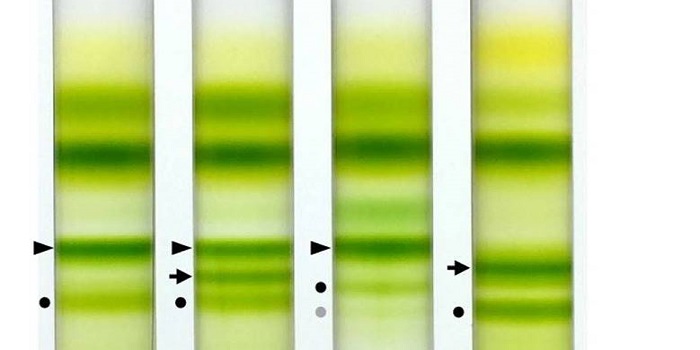
Review: Light-harvesting antenna complexes in Physcomitrella patens: implications for evolutionary transition from green algae to land plants ($)
Plant Science Research Weekly, ResearchThe ancestors of land plants were aquatic. Myriad changes accompanied the transition from aquatic to terrestrial life, including changes necessitated by the difference in light intensity and quality. Bryophytes, the earliest diverging land plants, have some characteristics that reveal how plants transitioned…
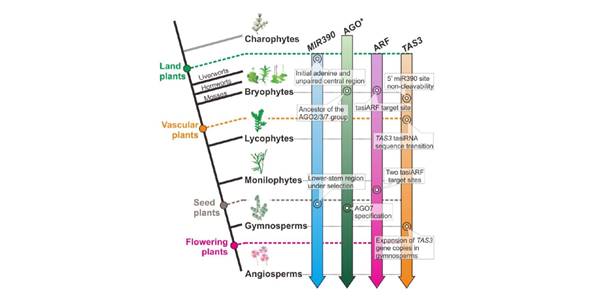
The emergence, evolution, and diversification of the miR390-TAS3-ARF pathway in land plants ($)
Plant Science Research Weekly, ResearchTrans-acting small interfering RNAs (tasiRNAs) are unique to plants. They are the products of TAS genes, but they function to regulate other genes (thus the name “trans-acting”). The production of tasiRNAs requires miRNAs, which bind to and ultimately lead to cleavage of the primary TAS transcript.…
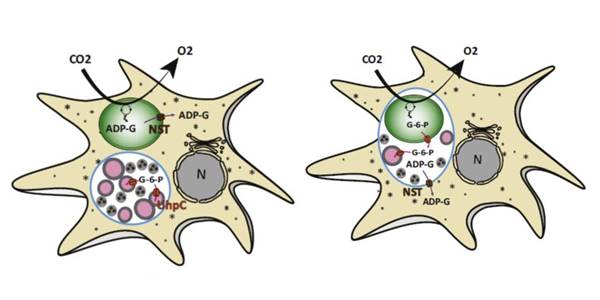
Opinion: Ménage-à-trois hypothesis of plastid endosymbiosis ($)
Plant Science Research Weekly, ResearchIt is well established that plastids are derived from the primary endosymbiosis of an ancient cyanobacterium into a eukaryotic host cell, but this understanding does not explain all of the evidence, nor does it explain how the nascent endosymbiont evaded the host cell's defense mechanisms. Recently,…
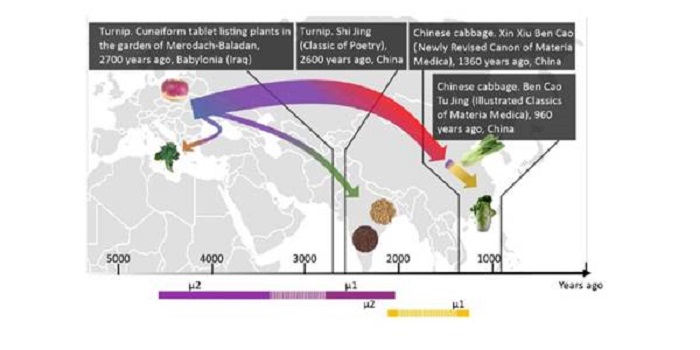
Genomic inferences of domestication events are corroborated by written records in Brassica rapa ($)
Plant Science Research Weekly, ResearchThere are many subspecies of Brassica rapa [including turnip (subsp. rapa) pak choi (subsp. chinensis) and Chinese cabbage (subsp. pekinensis)] but the relationships between the subspecies has remained uncertain. Qi et al. sequenced 143 accessions, including some subspecies for the first time. They then…
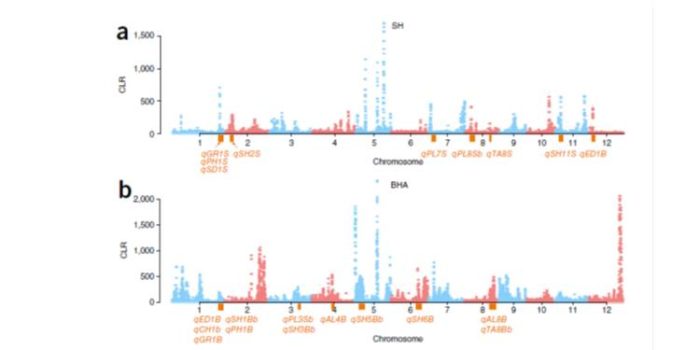
Signatures of adaptation in the weedy rice genome
Plant Science Research Weekly, ResearchCrop domestication has been accompanied by the evolution of aggressive weedy crop relatives that compete for resources and make weed management a challenge. By using whole-genome sequencing of the two most commonly found weedy rice strains in the US (SH and BHA), and comparing them with the genomes of…
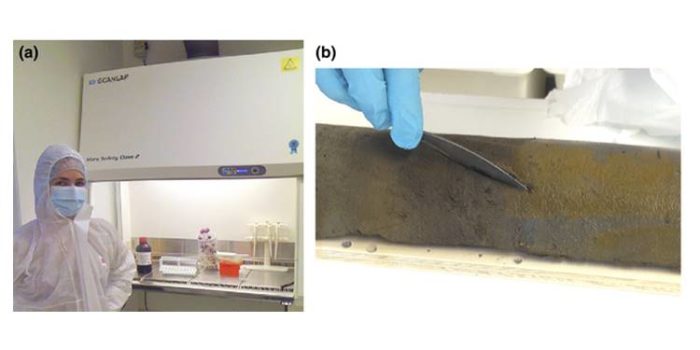
Review: Ancient plant DNA in lake sediments
Plant Science Research Weekly, ResearchFossils have been extremely useful in efforts to reconstruct the past, but recently the analysis of ancient DNA (aDNA) has taken off. Parducci et al. describe the value of lake sediments as sources of ancient DNA from which to gain insights into the plant populations of ancient times. Lakes are found…

